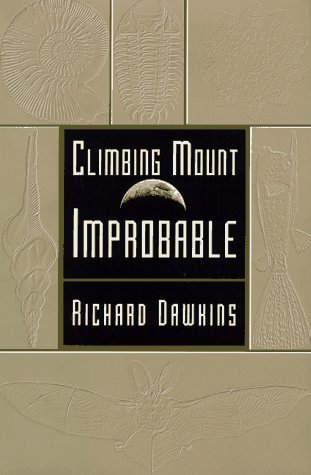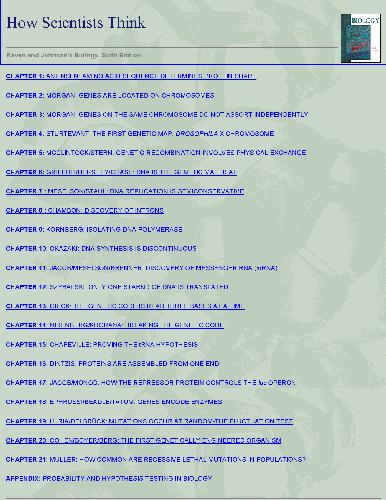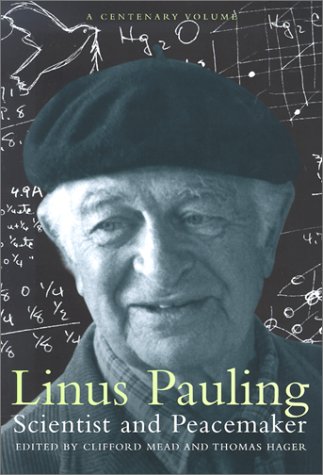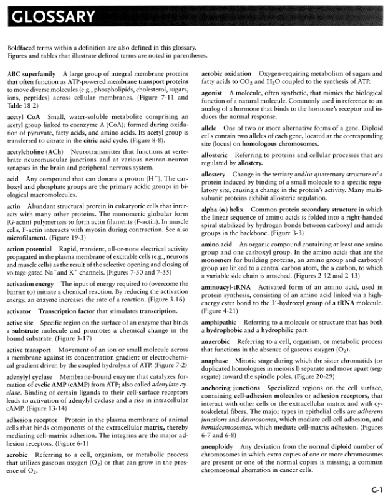Richard M. Warren9780521688895, 0521688892, 9780521868709, 052186870X
Table of contents :
Cover……Page 1
Half-title……Page 3
Title……Page 5
Copyright……Page 6
Contents……Page 9
Preface……Page 14
The nature of auditory stimuli……Page 17
The outer ear and the middle ear……Page 21
Structure of the inner ear……Page 25
Neural structures and auditory pathways……Page 29
Mechanics for stimulation within the inner ear……Page 32
The auditory-acoustic paradox: excellent discrimination from a poor instrument……Page 38
The summating potential……Page 39
The cochlear microphonic……Page 40
Single-unit receptor potentials……Page 41
Single-unit generator potentials……Page 42
Action potentials of auditory nerve fibers……Page 43
fMRI……Page 47
PET……Page 48
EEG and MEG……Page 49
Suggestions for further reading……Page 50
2 Spatial localization and binaural hearing……Page 51
Binaural perception of azimuth……Page 52
Minimal audible angle……Page 56
Binaural beats……Page 57
Detection of interaural delays for clicks and for complex sounds……Page 58
Contralateral induction……Page 61
Masking level differences……Page 64
Two types of temporal disparity……Page 66
Time-intensity trading……Page 67
Importance of the pinnae in sound localization……Page 68
Room acoustics……Page 72
Auditory reorientation……Page 73
Estimates of distance from the source……Page 75
Suggestions for further reading……Page 79
Terminology……Page 80
Classical pitch studies……Page 81
Masking……Page 85
Comodulation and masking reduction……Page 88
Place theory of pitch……Page 90
Periodicity theory of pitch……Page 91
Schouten’s residue pitch……Page 92
Pitch of inharmonic complexes……Page 93
Complex tones and local temporal patterns on the basilar membrane……Page 95
Use of special versus model periodic stimuli……Page 98
Iterated noise segments as representative or model periodic sounds……Page 99
Pitch and infrapitch iterance……Page 101
Echo pitch and infrapitch echo……Page 107
Periodic signals with alternating polarity……Page 111
Pitches produced by dichotic interactions……Page 117
Musical pitch and musical infrapitch (rhythm)……Page 118
Deviations from strict periodicity in the pitch range……Page 119
Some models for the pitch of complex tones……Page 120
Suggestions for further reading……Page 121
Sensory input and perception……Page 123
The history of loudness measurement……Page 124
Loudness judgments and their relation to auditory localization: the physical correlate theory……Page 127
2. Loudness and the inverse square law……Page 129
3. Effects of reverberation on loudness functions……Page 133
4. Loudness of self-generated sound……Page 135
5. A new physical correlate can result in a new loudness scale……Page 137
The mel scale of pitch magnitude……Page 138
Some conclusions and inferences……Page 140
Suggestions for further reading……Page 141
Rate at which component sounds occur in speech and music……Page 142
Identification of components and their order……Page 143
Identification of the order of components for extended sequences of unrelated sounds and for steady-state phonemes……Page 145
Identification of order within tonal sequences……Page 146
Identification of order and verbal labeling……Page 147
Need for verbal labeling for serial order retention in memory experiments……Page 149
Identification of patterns without discrimination of order: global pattern recognition……Page 150
Extent of temporal mismatch permitting global pattern recognition……Page 152
A comparison of global pattern recognition with identification of the order of components……Page 154
Perception of tonal sequences and melodies……Page 158
Linguistic temporal compounds formed by repeating sequences of brief steady-state vowels……Page 162
Global pattern recognition in animals other than humans……Page 163
Suggestions for further reading……Page 165
6 Perceptual restoration of missing sounds……Page 166
Homophonic continuity……Page 167
Heterophonic continuity……Page 168
Reciprocal changes in inducer and inducee……Page 172
Differences in the homophonic induction of tone and noise……Page 176
Temporal induction of tonal frequency glides……Page 177
Temporal induction of speech: phonemic restoration……Page 178
Apparent continuity of speech produced by insertion of noise into multiple gaps……Page 180
Increase in intelligibility produced by insertion of noise into multiple temporal gaps……Page 182
Temporal induction in cats and monkeys……Page 185
Spectral restoration……Page 186
Suggestions for further reading……Page 188
Speech production……Page 190
The subglottal system……Page 191
The larynx……Page 192
The vocal tract and articulation of speech sounds……Page 194
Visual representation of speech sounds……Page 199
Intelligibility of sentences heard through narrow spectral slits……Page 202
Intelligibilities of passbands heard singly and together……Page 205
The protean phoneme……Page 206
The alphabet and the phoneme……Page 210
Illiterate adults cannot segment phonetically……Page 211
Ability to segment phonetically and reading ability are related in children……Page 212
Cues for identifying phonemes and characterizing letters……Page 213
Identification of syllables and words precedes identification of constituent phonemes……Page 214
Obligatory transformation of brief steady-state phonemes into syllables and words: the vowel-sequence illusion……Page 215
Implications of the vowel-sequence illusion for theories of aphasia……Page 218
Verbal and visual satiation……Page 219
Verbal transformations……Page 221
Identifying lexical neighbors using verbal transformations……Page 224
Dichotic verbal transformations……Page 225
Skilled storage and delayed perceptual organization of speech……Page 227
Speech errors in everyday life……Page 229
Syllable recognition by nonhuman species……Page 230
Suggestions for further reading……Page 231
Interaction of vision with senses other than hearing……Page 232
Interaction of vision and hearing in speech perception……Page 233
Perceptual resolution of conflicting visual and auditory information concerning speech……Page 234
Multimodal sensory control of speech production……Page 235
1. Sensory input is interpreted in terms of familiar causative agents or events, and not in terms of the manner and nature of neural stimulation……Page 236
2. Perceptual changes occur during exposure to an unchanging stimulus pattern……Page 237
3. Prior stimulation influences perceptual criteria……Page 238
Suggestions for further reading……Page 240
References……Page 241
Index……Page 272







Reviews
There are no reviews yet.